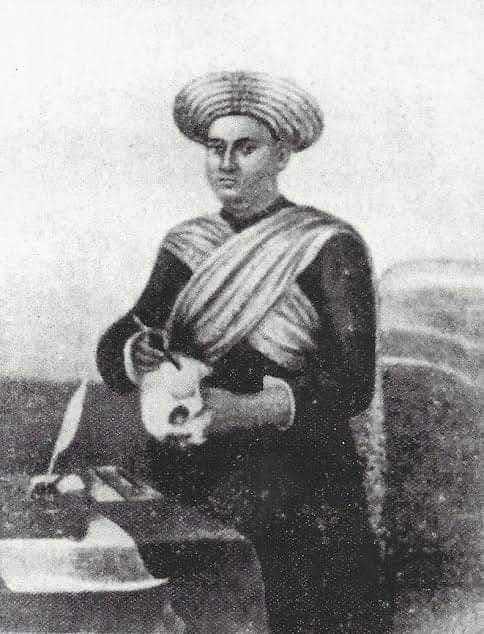
In 2011, doctors from the Calcutta Medical College stumbled upon a few papers regarding the first human dissection performed in India, carried out by Bengali doctor Madhusudan Gupta. This dissection was the first not only in the country, but also in Asia, and was performed around 186 years ago.
Today, this act is widely regarded as the cornerstone of modern medicine in the country. But almost two centuries ago, when Dr Gupta made the first cut, the story was entirely different. On a personal level, social ostracisation would follow him for years to come, to the point where his own family kicked him out of their ancestral home. As for the rest of India, it would take some time to come around to history being made right before their eyes.
Dr Madhusudan Gupta began his career as a Sanskrit scholar and Ayurvedic practitioner, and while teaching at the Sanskrit College from 1830 to 1835, he attended several anatomy and medicine lectures given by British doctors.
The mid-18th century was a key period in Britain, where the medical fraternity had started coming to terms with the importance of studying human anatomy. William Bentinck established the Medical College, Calcutta (CMC) in 1835. Dr Gupta was transferred here and began working with a group of around 50 students in the execution of the first entrance examination. Even as the course began, teaching anatomy dissection remained a problem for the college authorities.
For Hindus, touching a dead body was mostly out of the question. So dissecting cadavers to understand human anatomy was more or less a pipe dream. In the evolution of the understanding of human anatomy in India, ancient Indian physician Sushruta, deemed the ‘father of brain surgery’, was a fierce proponent of human dissection. After the establishment of the British rule, professors in Madras would teach human anatomy with paste-board models.
So in 1836, when Dr Gupta performed the first human dissection on a cadaver, all hell certainly broke loose. Outside the hospital, a crowd had gathered to protest this unholy act – a Brahmin touching a dead body – so the administration secured the gates and guarded them.
Dr Gupta obtained approval for the dissection by gathering support and material from traditional Ayurvedic literature. He had prepared for six months before the procedure, which was carried out in secrecy behind closed college gates. He was assisted by four students — among which was Dwarkanath Gupta, one of the earliest Indian practitioners of western medicine.
Drinkwater Bethune, an English educator, would describe the event 14 years later. “At the appointed hour, scalpel in hand, he followed Dr [Henry] Goodeve into the godown, where the body lay ready. The other students, deeply interested in what was going forward but strangely agitated with mingled feelings of curiosity and alarm, crowded after them, but durst not enter the buildings where this fearful deed was to be perpetrated … they peeped through the jilmils, resolved at least to have ocular proof of its accomplishments. And then Madhusuden’s knife, held with a strong and steady hand, made a long and deep incision in the breast, the lookers-on drew a long gasping breath, like men relieved from the weight of some unbearable suspense.”
It was said that several pundits kept a strict vigil on the college so that corpses couldn’t be brought in for dissection. However, in 2011, when the documents were unearthed at CMC, it was found that the anatomy department and professors worked in tandem to smuggle a body in. It was also revealed that Dwarkanath Tagore, successful entrepreneur and grandfather of Rabindranath Tagore, also helped smuggle the corpse in. Tagore, while a critic of European prejudices, was a strong supporter of Western medicine and the CMC.
Dissection brought forth many changes in perceptions of body, disease, and self. There were also enormous sociological consequences in terms of Indian practitioners adapting to Western medicine and adopting the value-neutral and clinically detached approach of modern medicine. And Calcutta was brought to the same footing as London, wherein CMC became the first college in Asia to be recognised by UCL.
Over time, Dr Gupta developed diabetes and contracted an infection during dissection, which led to gangrene of the hands. He died of septicemia on 15 November 1856.
courtesy: Facebook, Anatomists India Page…
